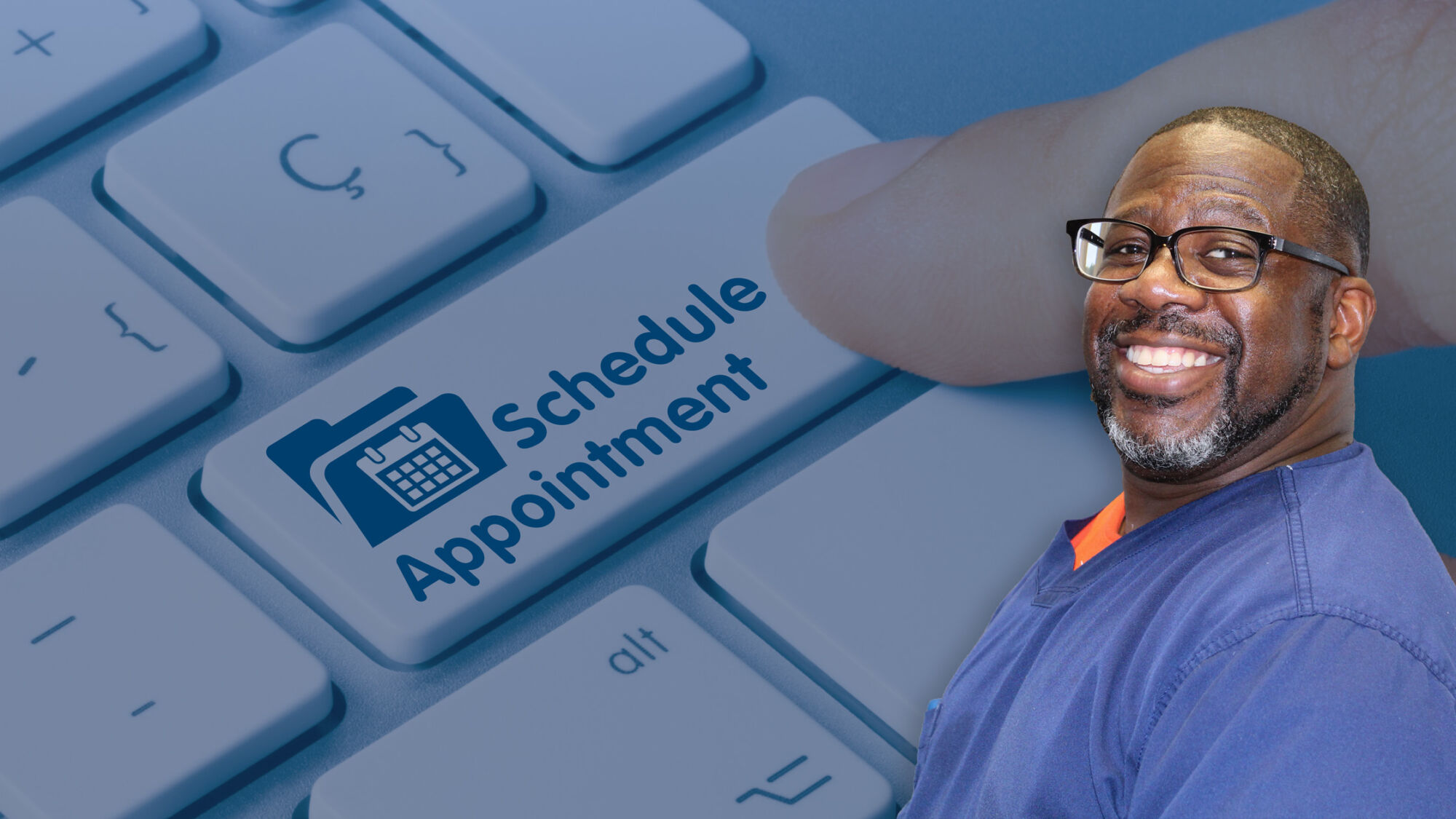
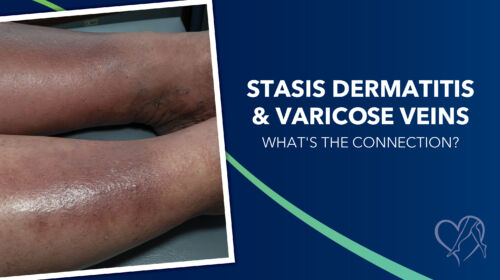
Discover how varicose veins and stasis dermatitis are linked through chronic venous insufficiency (CVI), a common vein disorder that affects circulation. In this blog, we explore how untreated varicose veins can lead to stasis dermatitis, causing inflammation and skin changes. Learn about the symptoms, complications, and treatment options available to manage both conditions and protect your vein and skin health.
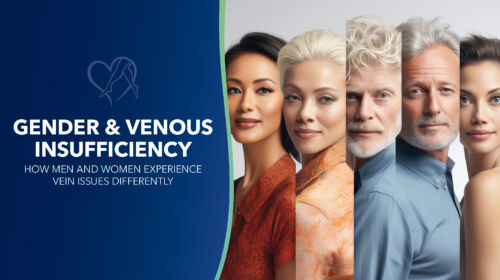
This blog explores how men and women experience venous insufficiency differently, emphasizing the importance of recognizing gender-specific symptoms for effective treatment. It highlights the role of hormones, pregnancy, and lifestyle factors in vein health for both genders and explains how Center for Vein Restoration tailors treatments to address these unique needs with advanced, minimally invasive solutions.
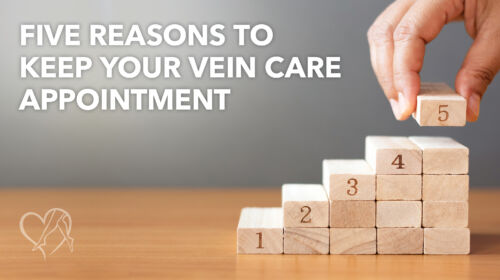
Keeping your vein care appointment is essential for protecting your overall health and well-being. Early detection of vein issues like chronic venous insufficiency can prevent serious complications, and expert care from a vein specialist ensures you receive the best treatment. By attending your appointment, you can explore minimally invasive treatment options that improve both comfort and quality of life. Don’t delay—taking care of your veins now can prevent future problems and help you live more comfortably.
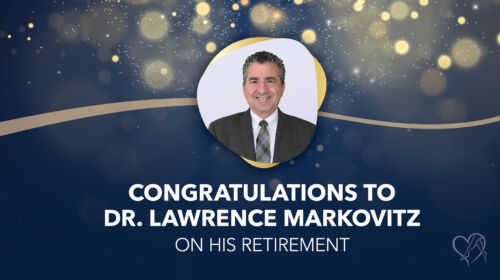
As we say goodbye to Dr. Markovitz and welcome Dr. Hurley, we invite you to join us in celebrating these two remarkable physicians and the next chapter of vein care at Center for Vein Restoration in McLean, Virginia.

We’re thrilled to welcome Dr. Alfred Hurley, an experienced interventional cardiologist, to Center for Vein Restoration’s McLean, Virginia, clinic. In this blog, Dr. Hurley shares his journey from cardiology to vein care and his patient-focused approach to treating venous conditions. Learn more about how his expertise and compassionate care are helping patients achieve better vein health
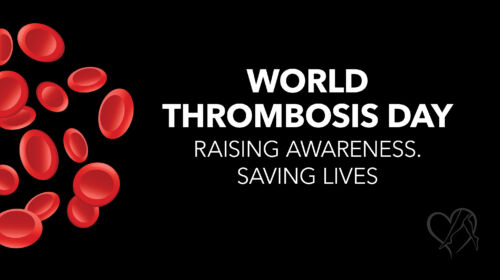
World Thrombosis Day, observed on October 13, raises awareness about the dangers of blood clots, a major yet often overlooked health threat. Center for Vein Restoration (CVR) supports this global initiative by educating patients on the risks, symptoms, and prevention of thrombosis while offering expert diagnostic and treatment services to promote healthy veins and prevent complications.
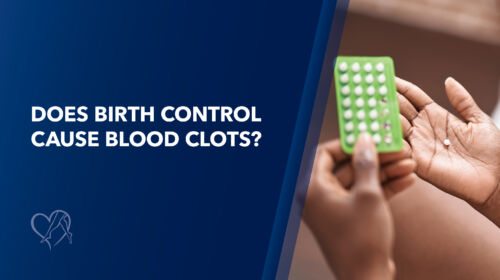
This blog post explores the connection between hormonal birth control and the increased risk of blood clots, especially for those who smoke or have a family history of clotting issues. It empowers readers to have informed conversations with their healthcare providers and recognize the warning signs of blood clots for better health decisions.
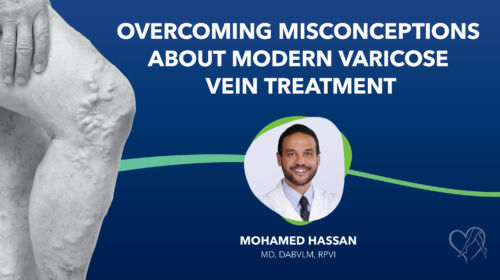
In this blog, Dr. Mohamed T. Hassan addresses common misconceptions about modern varicose vein treatments, such as the belief that treatment is painful or only cosmetic. He explains how minimally invasive procedures at Center for Vein Restoration (CVR) have transformed vein care, making it safer, quicker, and more effective. Discover how CVR is helping patients overcome their fears and improve their quality of life with cutting-edge treatments and compassionate care.